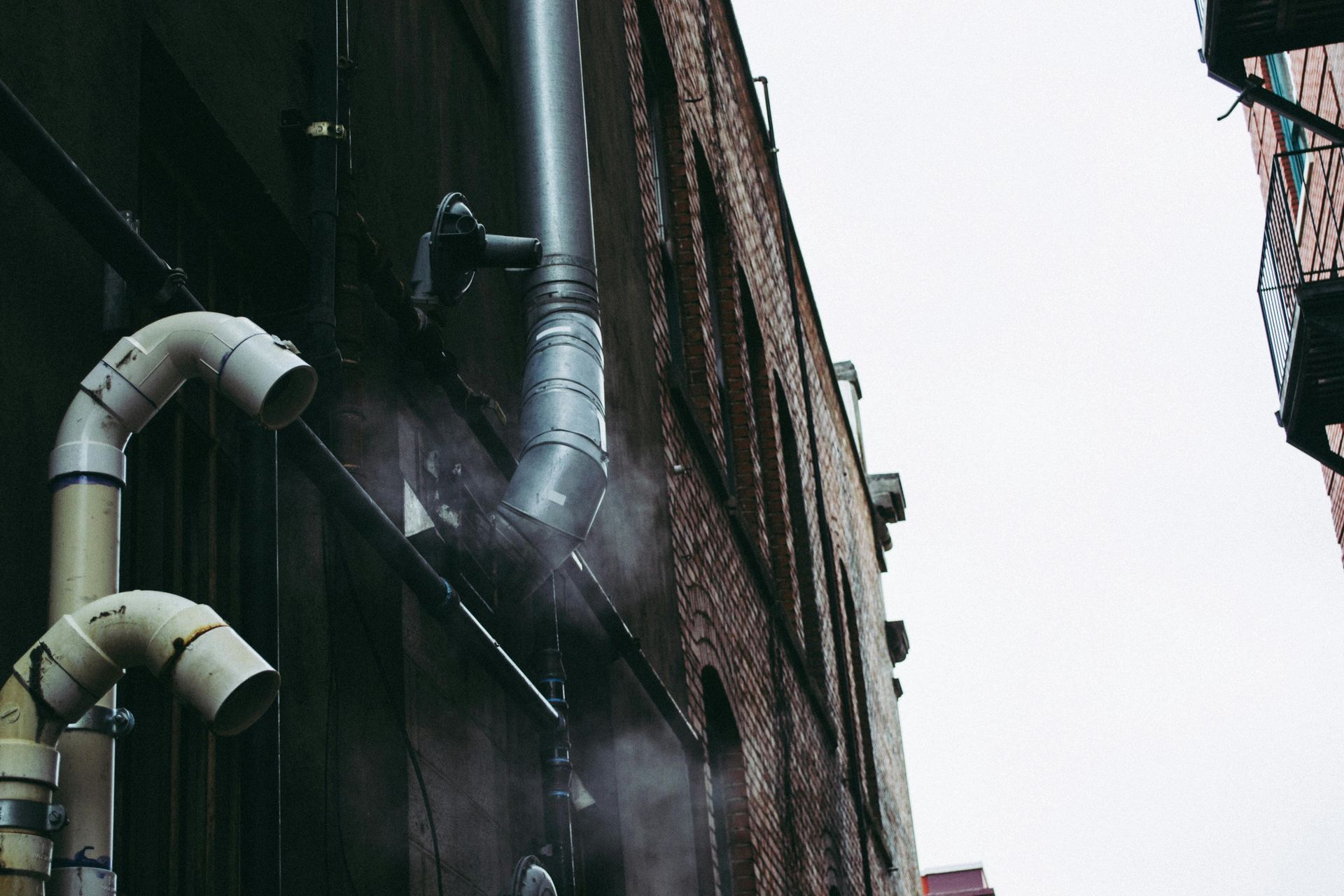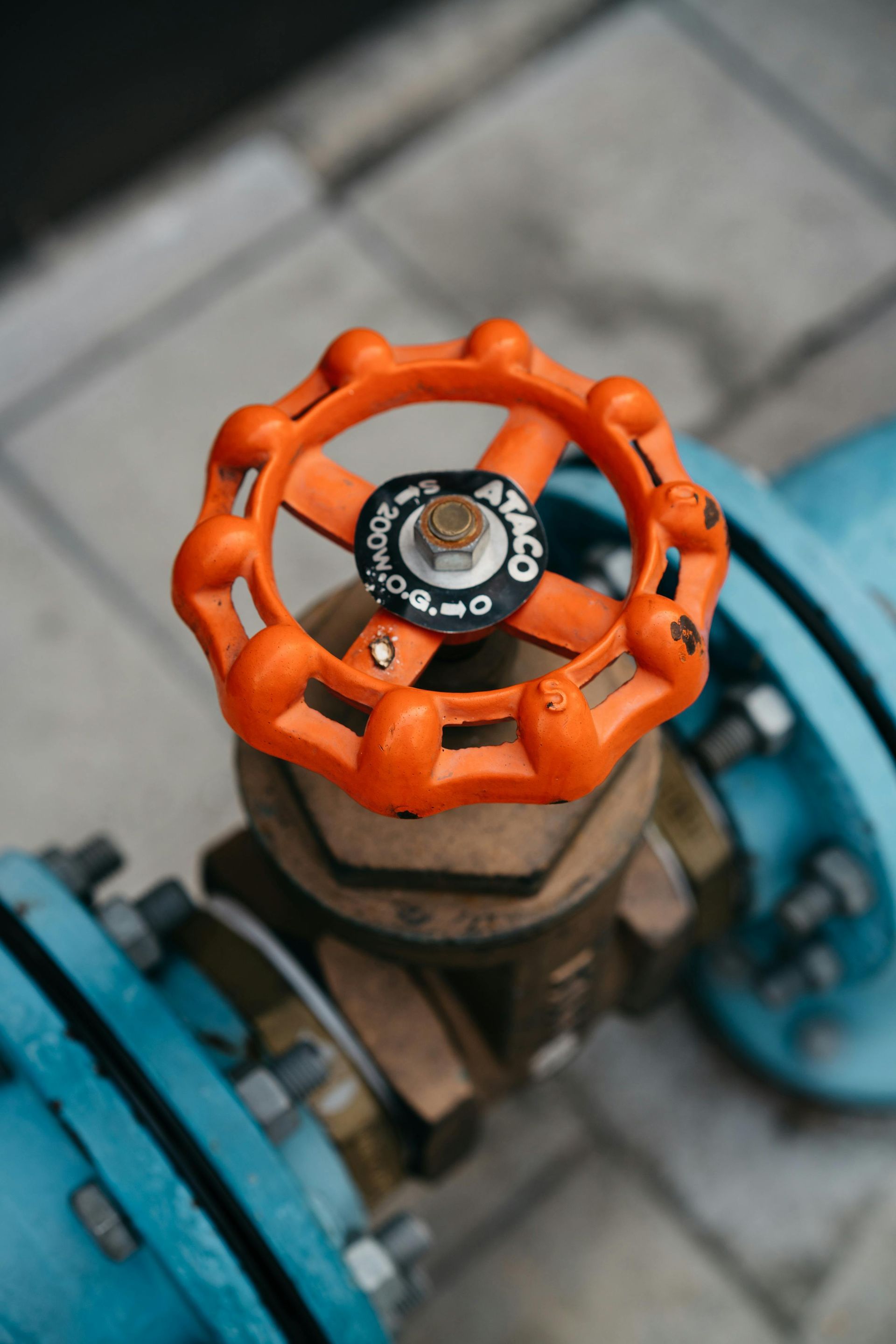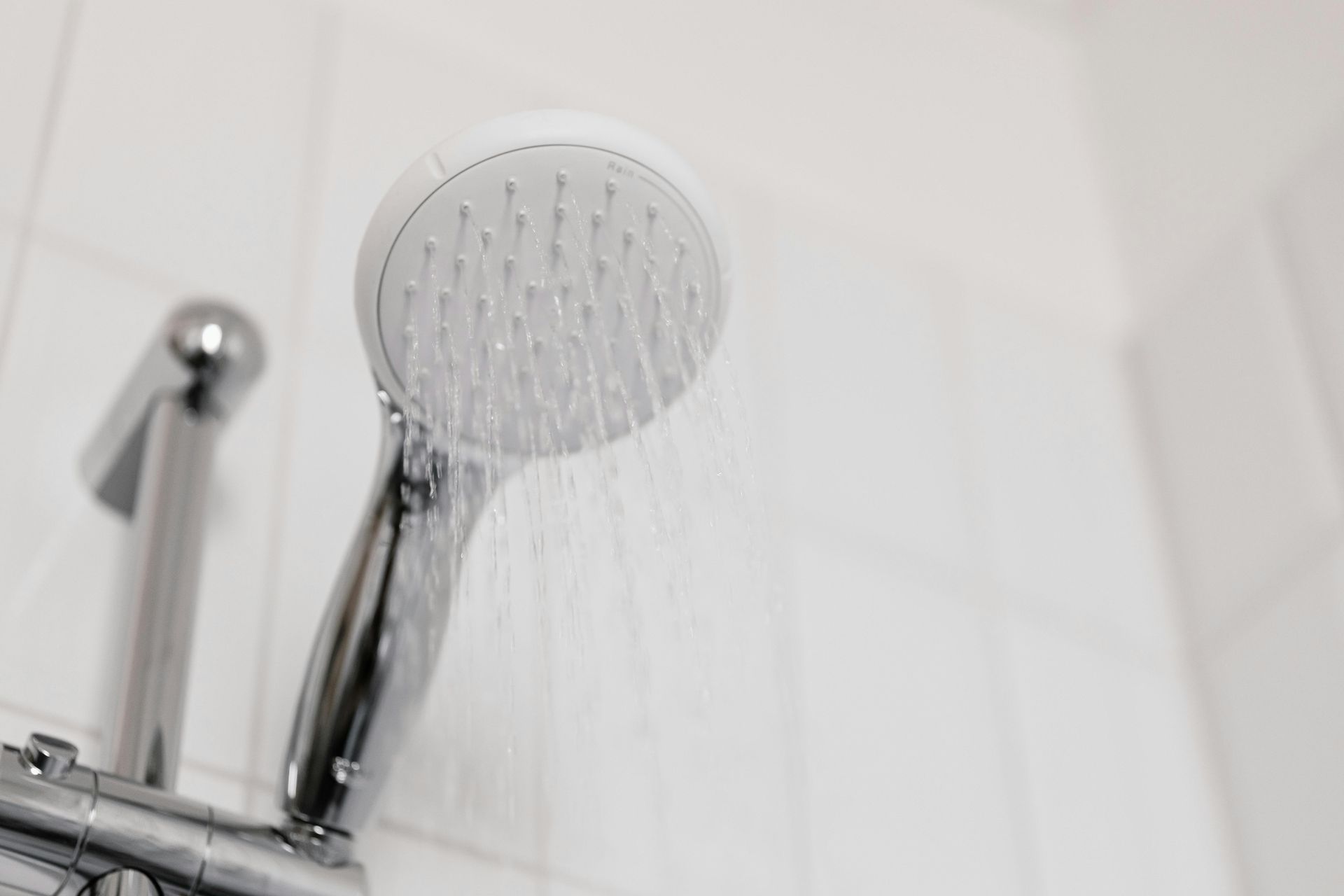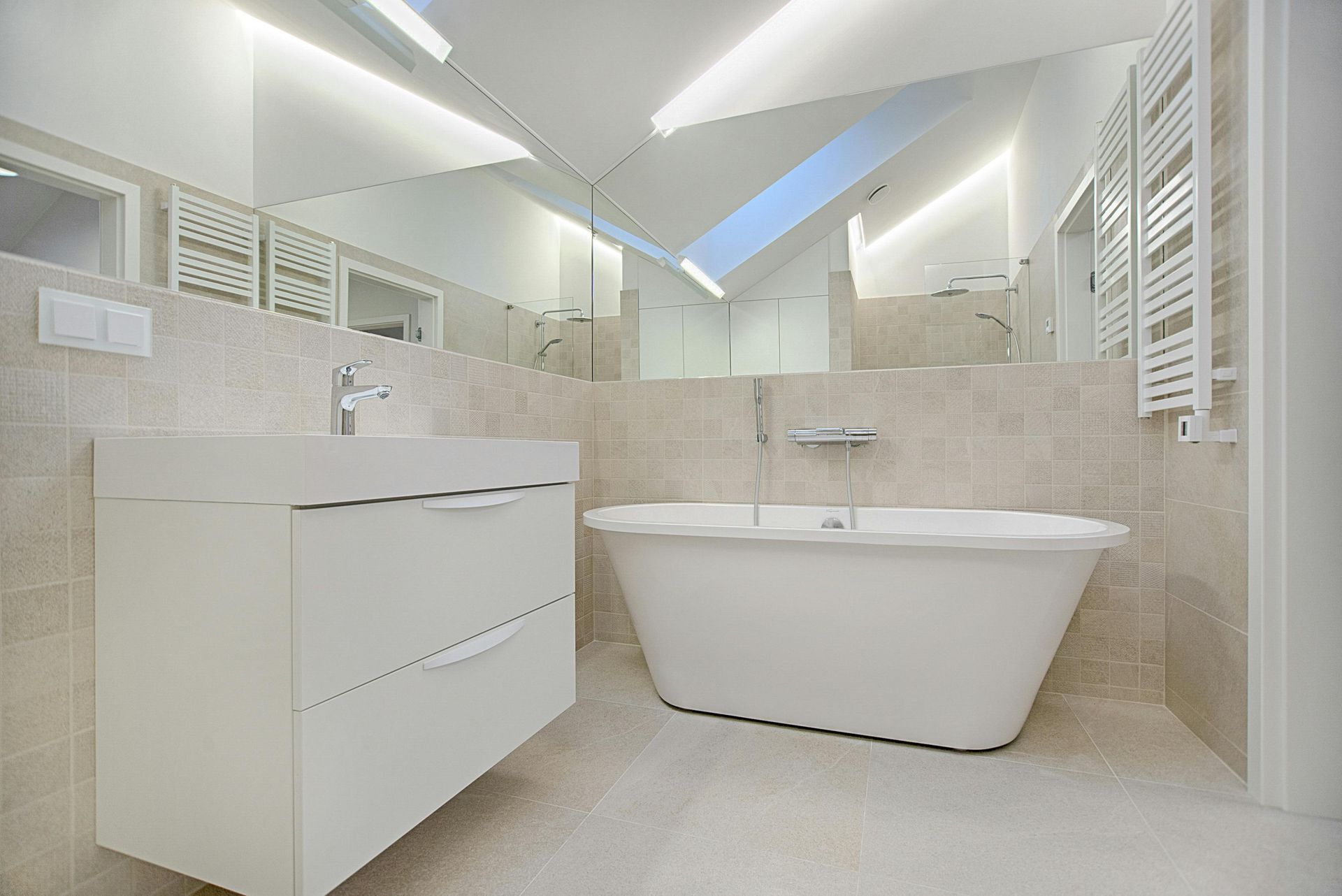Tank vs. Tankless Water Heaters: What’s the Difference?
Choosing the right water heater for your home involves more than just capacity or cost. One of the most common comparisons homeowners face is between tank and tankless water heaters. Both serve the same purpose—providing hot water—but they do so in very different ways.
Understanding the difference between tankless and tank water heaters can help you make an informed decision based on your household needs, space, and long-term goals. In this article, we break down how each system works, their typical features, and key advantages and considerations.
How Tank and Tankless Water Heaters Work
Traditional Tank Water Heater
A tank water heater stores a set amount of hot water—usually 30 to 80 gallons—in an insulated tank. The water is heated in advance and maintained at a set temperature, ready for use when you turn on the tap. Once the tank is depleted, it takes time to refill and reheat.
Key characteristics:
- Constantly keeps water hot, even when not in use
- Typically uses natural gas, propane, or electricity
- Can run out of hot water during periods of high usage
Tankless Water Heater
A tankless water heater, sometimes called an on-demand system, heats water only when it’s needed. Cold water runs through a heat exchanger and is instantly heated as it flows through the unit. No storage tank is used.
Key characteristics:
- Provides hot water as long as water is flowing
- Heats only when required, reducing standby energy loss
- Usually powered by gas or electricity
Main Differences Between Tank and Tankless Water Heaters
- Size and Space Requirements
- Tank heaters are larger and typically require a utility closet, basement corner, or garage space.
- Tankless models are compact and can be wall-mounted, making them ideal for small homes or apartments with limited storage.
- Hot Water Availability
- With a tank system, once the stored hot water runs out, users must wait for the tank to refill and reheat.
- Tankless systems provide continuous hot water—ideal for households that use hot water intermittently or have long showers.
However, if multiple fixtures run simultaneously, some tankless models may struggle to keep up unless properly sized.
- Energy Efficiency
- Tankless heaters typically use less energy overall since they only heat water on demand.
- Tank models consume energy throughout the day to maintain the water’s temperature, even when no one is using hot water.
That said, newer tank models with high-efficiency ratings and insulation improvements can still be relatively energy conscious.
- Lifespan and Maintenance
- Tankless units generally last longer—up to 20 years with proper care
- Tank water heaters tend to have a lifespan of 8–12 years
Tankless systems require regular flushing to remove mineral buildup, especially in areas with hard water. Traditional tanks may need similar flushing and eventual replacement due to rust or corrosion.
- Upfront and Long-Term Costs
- Tank heaters are more affordable upfront, with lower purchase and installation costs
- Tankless heaters have higher initial costs but may offer energy savings over time
Installation for tankless units can be more complex, especially if retrofitting a system not originally designed for one.
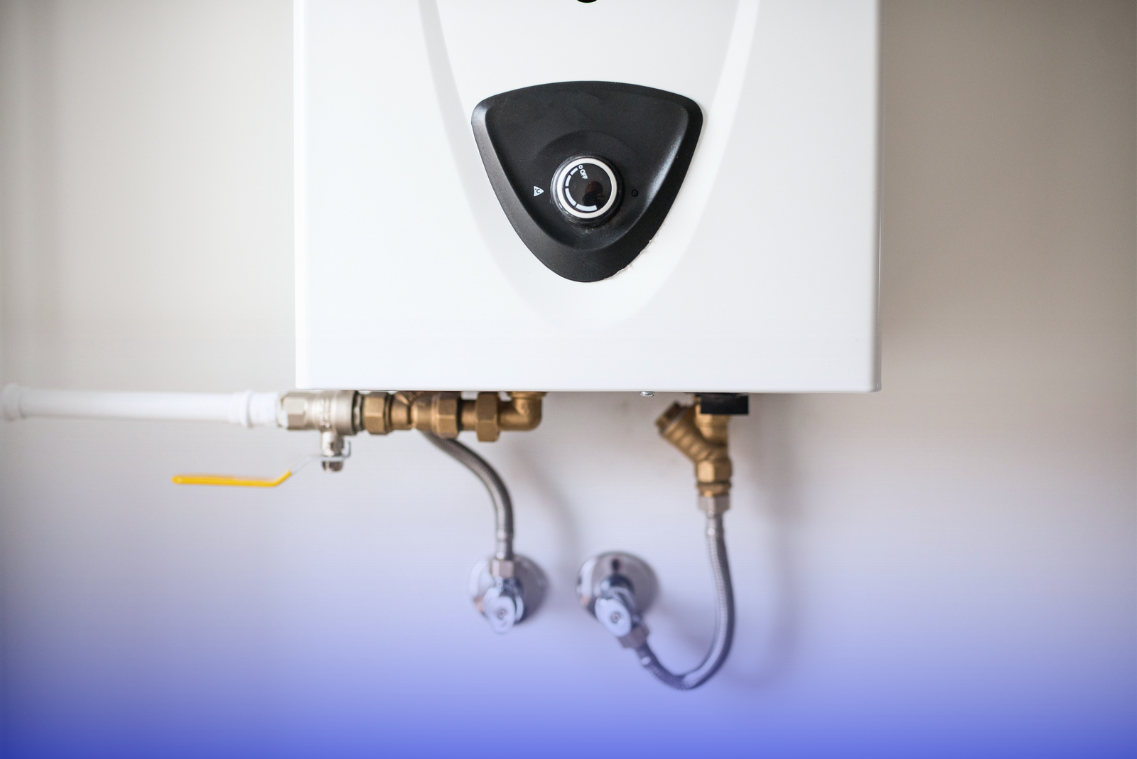
Fuel Types and Considerations
Both tank and tankless systems come in gas and electric models. However:
- Gas tankless water heaters tend to be more powerful than electric versions, providing better flow rates for larger households
- Electric models may be better suited for small homes, condos, or areas without natural gas access
When comparing gas tankless vs. tank water heaters, the installation complexity and venting requirements should also be taken into account.
Pros and Cons Overview
Tank Water Heater – Pros:
- Lower purchase and installation cost
- Simple operation and widespread availability
- Easier to replace or service in older homes
Tank Water Heater – Cons:
- Limited supply of hot water per tank
- Higher energy usage due to standby heat loss
- Larger physical footprint
Tankless Water Heater – Pros:
- Endless hot water when demand is met
- Lower long-term energy use
- Longer lifespan and compact design
Tankless Water Heater – Cons:
- Higher initial investment
- Can require system upgrades or new gas lines
- May require maintenance to avoid scaling
Which System Fits Which Situation?
While there’s no universal “better” option, certain scenarios favor one type over the other:
- Tank systems are often suitable for homes with low to moderate hot water usage, smaller budgets, or where system simplicity is preferred.
- Tankless systems are ideal for households with higher usage patterns or those looking for long-term energy efficiency, especially in newer or renovated homes.
If consistent hot water availability is critical (e.g., multiple bathrooms used at once), and installation space is limited, a properly sized tankless system may be the best choice. On the other hand, homes that require only moderate hot water and value low upfront costs may prefer a tank model.
Final Thoughts
Both tank and tankless water heaters provide effective hot water solutions when properly matched to a home’s needs. The difference between tank and tankless water heaters comes down to how they store and deliver hot water, their energy profile, and how well they align with your household size and usage habits.
If you're evaluating options for replacement or a new installation, understanding how each system operates helps you make the right choice for your comfort, efficiency, and space.
Frequently Asked Questions
What is the difference between a tank and tankless water heater?
A tank water heater stores and heats a fixed amount of water in advance, while a tankless water heater heats water on demand as it flows through the unit.
Which lasts longer—tank or tankless water heaters?
Tankless water heaters typically last up to 20 years with proper maintenance, whereas traditional tank models last about 8 to 12 years on average.
Are tankless water heaters more energy-efficient?
Yes, because they only heat water when needed, reducing standby energy loss. However, they may have higher upfront costs and installation requirements.




